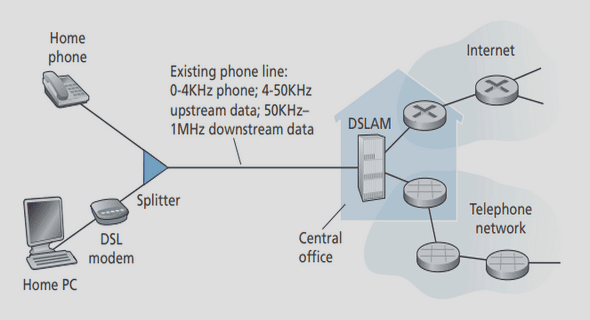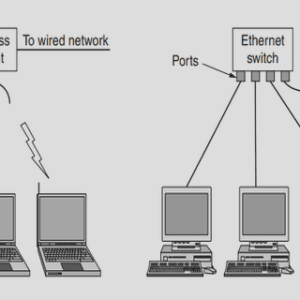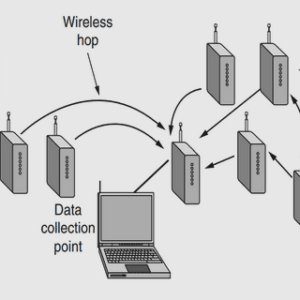(Downloads - 0)
For more info about our services contact : help@bestpfe.com
Table of contents
Chapter I:Non aqueous Li-O2 batteries
I. Green pathways toward energy Storing
a. Actual Energy Sources
b. Replacement solutions for the electrical power grid
c. Toward high energy systems for gasoline replacement in Mobile application
II. The Li-O2 systems
a. Discovery of Li-oxygen batteries
b. ORR and OER mechanisms in aprotic medium
c. Effect of water
d. Issues of Li-O2 cathodes and improvement paths
Conclusion
References
Chapter II :Experimental section
I. Electrochemistry
a. Washing of the glassware
b. Chemicals
c. Three-electrodes setup
d. Differential Electrochemical Mass Spectrometry
e. Full cell experiment
f. Electrochemical testing
II. Characterization techniques
a. Differential Electrochemical Mass Spectrometry
b. Raman Spectroscopy
c. Field-Emission Gun-Scanning Electron Microscopy (FEG-SEM)
d. X-Ray Energy Dispersive Spectrometer (X-EDS)
e. UV-Visible Spectrophotometry
f. X-ray Photoelectron Spectroscopy (XPS)
g. Ellipsometry
h. X-ray Diffraction
References
Chapter III: High Surface Area Carbon-based Materials for High Energy Li-O2 cathodes: Advantages
and Drawbacks
I. Materials
a. Morphologies
b. Surface areas
c. Raman Spectroscopy
II. Electrochemical properties
a. Half Cells
b. Full cells
c. DEMS
d. Comparative Raman
Conclusion
References
Chapter IV: Redox Shuttles: necessary additives for OER enhancement in Li-O2 batteries.
I. Redox shuttle screening for Li-O2 cathodes
a. Redox Shuttles: the ideal behavior
b. Unfruitful selection of potential redox mediators
c. Useful compounds to be used as redox shuttles in Li-O2 batteries
II. OER enhancement mechanisms of Co(II)-Po and Co-salen – How the Co salen is beneficial for
both the OER and ORR
a. Enhancement pathway of the OER for Co(II)-Po and Co-Salen
b. ORR Homogeneous catalysis of Co-Salen
Conclusions
References




